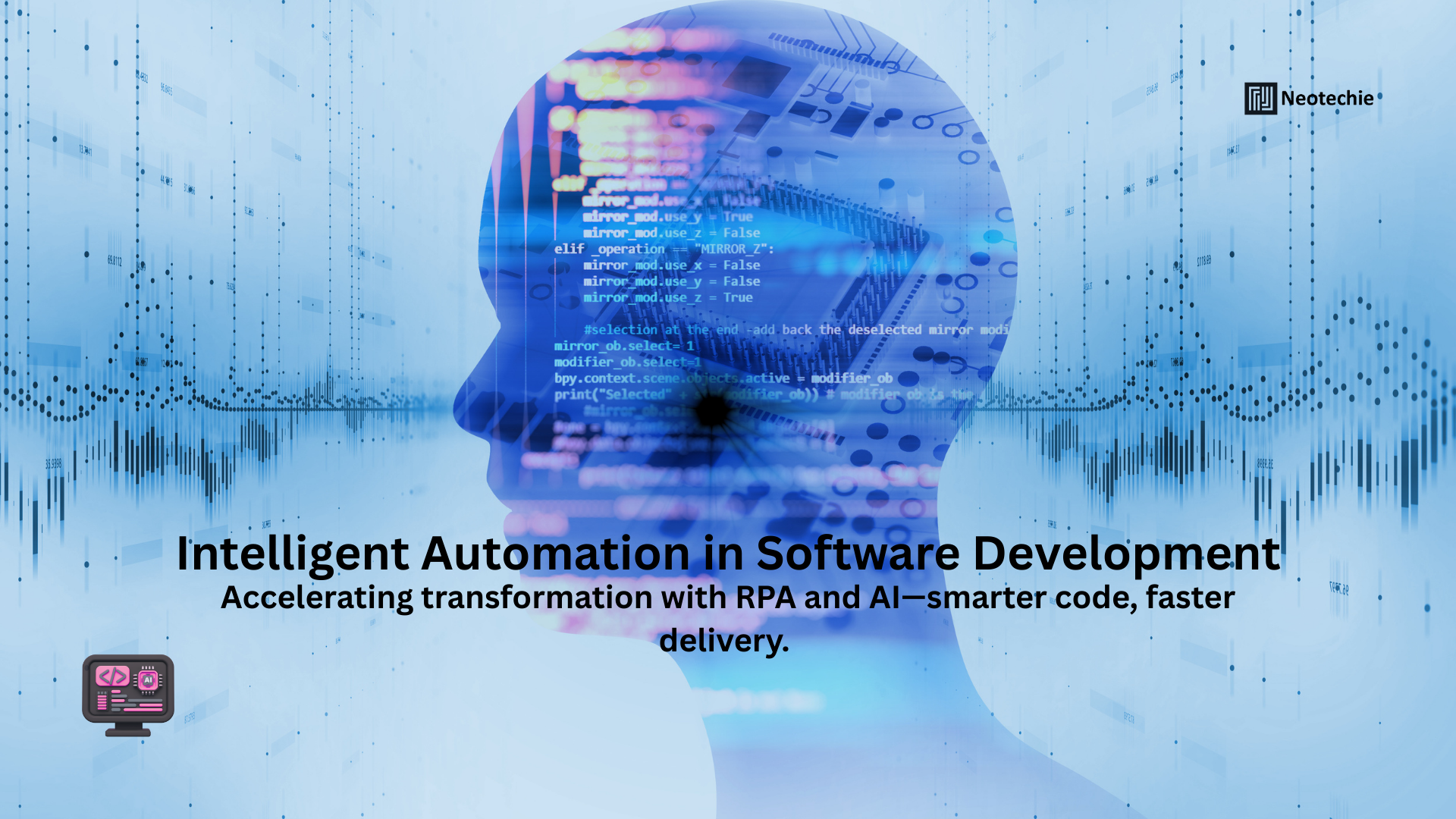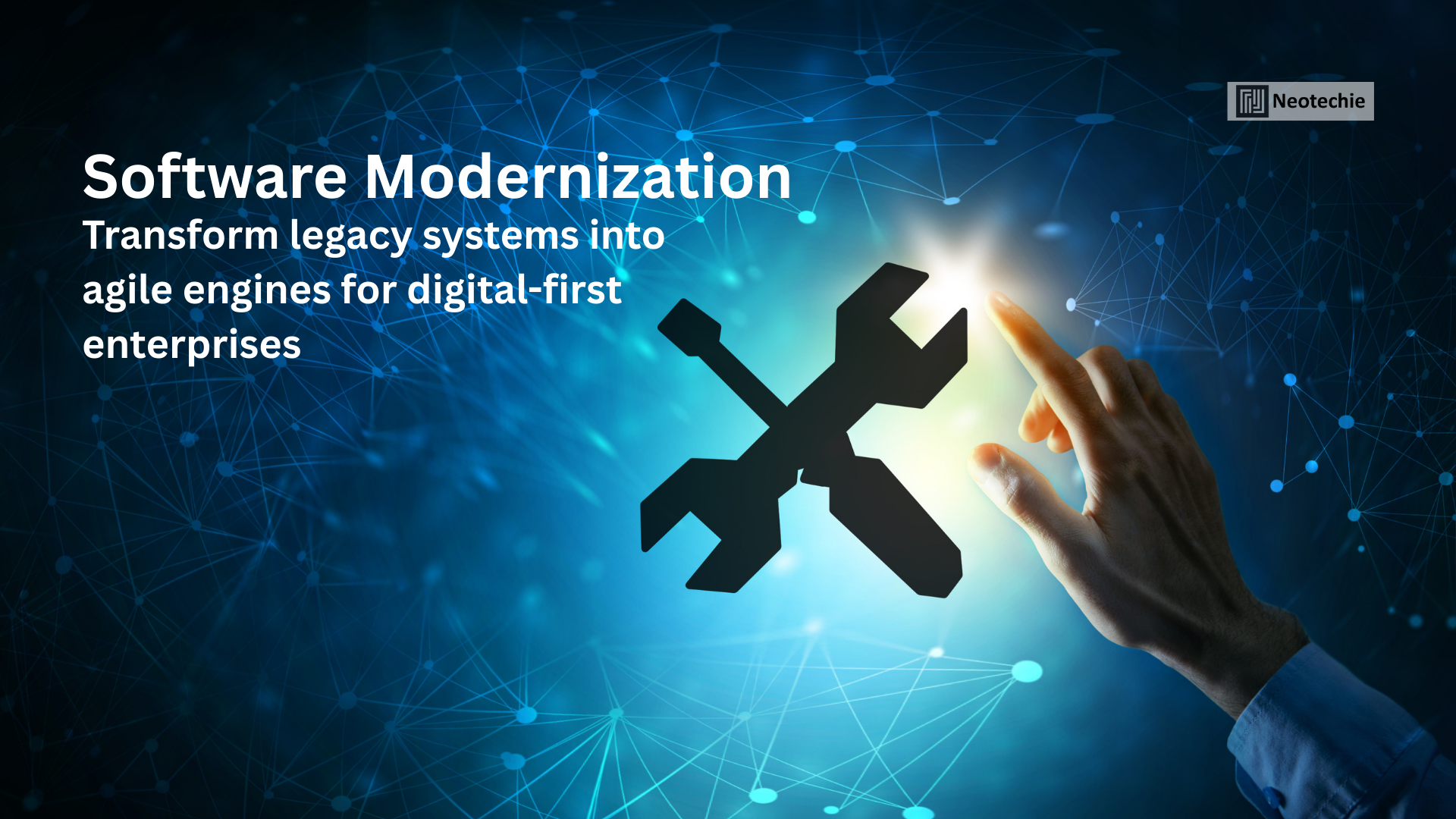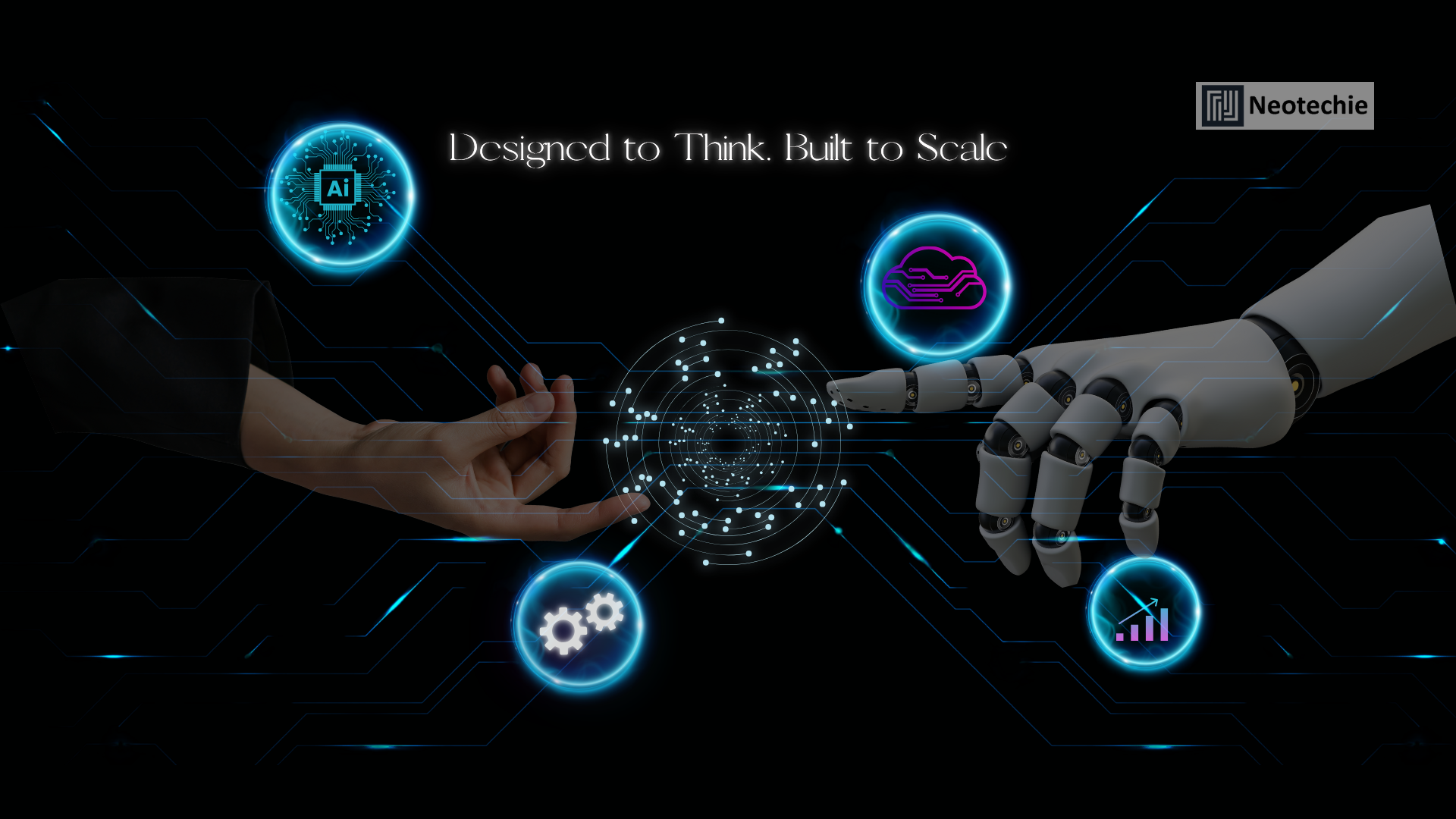Organizations navigating today’s hyper-connected markets are confronted with unprecedented volumes of data, intricate workflows, and rapidly shifting conditions. The ability to act swiftly on insights is no longer optional—it is fundamental for thriving in an environment where speed, accuracy, and agility define success. Tailored software solutions act as the backbone of resilient digital ecosystems, enabling enterprises to streamline operations, integrate data sources, and drive real-time decision-making that supports sustainable growth and strategic advantage.
The Imperative of Tailored Software in Modern Enterprises
Off-the-shelf software solutions often fall short in addressing the unique challenges of individual organizations. Tailored software, designed specifically to align with an enterprise’s operations, culture, and strategic objectives, provides unmatched flexibility, scalability, and impact. By automating key processes and integrating disparate data sources, customized software enables organizations to make decisions faster, improve operational efficiency, and respond proactively to market changes.
Key advantages of tailored software include:
- Optimized Operational Workflows: Custom applications streamline core processes, reduce manual intervention, and ensure consistency across departments. This results in faster turnaround times, fewer errors, and improved employee productivity.
- Real-Time Data Integration: Tailored software consolidates data from multiple sources, providing management with a holistic view of operations and enabling real-time insights for strategic decision-making.
- Scalability and Flexibility: As enterprises grow or evolve, bespoke software can adapt to new workflows, teams, or market demands without disrupting existing operations.
- Enhanced Competitive Advantage: By aligning technology with business strategy, organizations can innovate rapidly, introduce new services, and maintain a competitive edge.
Why Real-Time Decision Making is Critical for Business Transformation
Modern organizations face rapid market fluctuations, regulatory changes, and increasing customer expectations. In this environment, traditional decision-making processes that rely on periodic reports or manual analysis are insufficient. Real-time decision-making powered by tailored software offers several transformative benefits:
- Proactive Problem Solving: Access to live data enables organizations to identify bottlenecks, operational inefficiencies, or emerging risks before they escalate.
- Accelerated Strategic Planning: Decision-makers can evaluate multiple scenarios instantly, forecast outcomes, and make informed choices that drive long-term growth.
- Enhanced Customer Experiences: Real-time insights into customer behavior, preferences, and interactions allow enterprises to personalize services and improve engagement.
- Operational Agility: Tailored software equips organizations to respond immediately to internal and external changes, whether it is a supply chain disruption, regulatory update, or market opportunity.
- Data-Driven Innovation: By leveraging real-time analytics, organizations can identify trends, uncover new business opportunities, and innovate faster than competitors.
Core Features of Resilient Digital Ecosystems
Building a resilient digital ecosystem requires more than just software deployment; it involves creating interconnected systems that work seamlessly to enable agility and innovation. Key features include:
- Integrated Data Architecture: Centralizing data from multiple sources ensures accuracy, reduces redundancies, and provides a unified platform for analysis.
- Automated Workflows: Streamlining repetitive tasks through automation enhances efficiency and allows teams to focus on strategic initiatives.
- Real-Time Analytics Dashboards: Interactive dashboards provide decision-makers with immediate insights into KPIs, performance metrics, and operational trends.
- Cloud-Ready and Scalable Infrastructure: Cloud-based solutions support scalability, remote access, and integration with emerging technologies, ensuring the ecosystem can grow with the business.
- Security and Compliance: Tailored software incorporates robust security protocols and compliance checks, safeguarding sensitive data and meeting industry regulations.
The Role of Software Development in Driving Business Transformation
Software development is no longer a backend support function; it is a strategic enabler of business transformation. By leveraging bespoke applications, organizations can:
- Redesign Business Processes: Automating and optimizing core operations allows enterprises to operate more efficiently and reduce waste.
- Enable Cross-Functional Collaboration: Integrated platforms break down silos, enabling seamless communication and collaboration across departments.
- Foster Innovation: Developers can create solutions that unlock new business models, improve customer engagement, and support digital product launches.
- Enhance Decision-Making Capabilities: By delivering actionable insights through real-time analytics, software empowers leaders to make informed, data-driven decisions.
- Support Long-Term Scalability: Tailored software is designed to evolve with business growth, accommodating new workflows, users, and market demands without requiring complete system overhauls.
How Neotechie Helps Enterprises Build Resilient Digital Ecosystems
Neotechie specializes in developing tailored, scalable, and secure software solutions that empower organizations to achieve enterprise-wide transformation. Their approach combines technical expertise with strategic insights to ensure software investments deliver maximum impact.
- Comprehensive Needs Assessment: Neotechie begins by evaluating existing systems, workflows, and business goals to identify areas where tailored software can drive the greatest value.
- Custom Software Development: They design and develop bespoke applications that align with organizational objectives, automate key processes, and integrate seamlessly with existing IT infrastructure.
- Real-Time Analytics and Decision Support: Neotechie incorporates advanced analytics, dashboards, and reporting tools into custom solutions, enabling leaders to make informed decisions instantly.
- Scalable and Cloud-Ready Solutions: Their software is built with modular architecture and cloud compatibility, ensuring scalability, flexibility, and future-proofing.
- Security and Compliance: Neotechie embeds robust security measures and compliance protocols into every solution, safeguarding enterprise data and meeting regulatory standards.
- Continuous Optimization and Support: Post-deployment, Neotechie provides monitoring, optimization, and maintenance services to ensure solutions remain aligned with evolving business needs.
Conclusion
Investing in tailored software is a strategic necessity for building resilient digital ecosystems and enabling real-time decision-making. By integrating data, automating workflows, and delivering actionable insights, organizations can transform operations, drive innovation, and maintain a competitive edge.
Partnering with Neotechie ensures that enterprises not only implement effective software solutions but also achieve enterprise-wide business transformation. Their expertise in custom software development, real-time analytics, and scalable, secure solutions empowers organizations to operate efficiently, innovate consistently, and respond dynamically to market changes.










